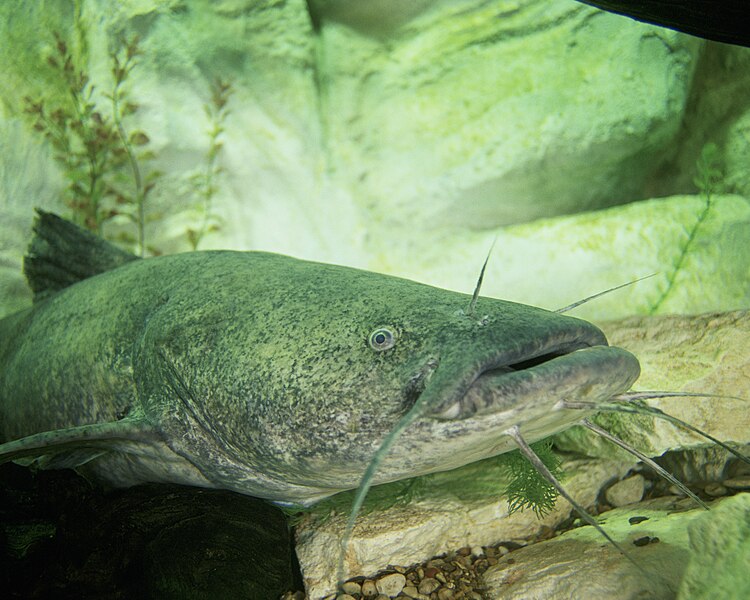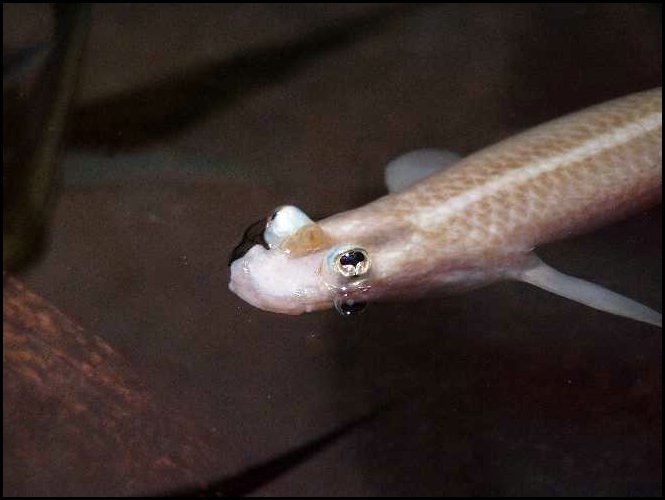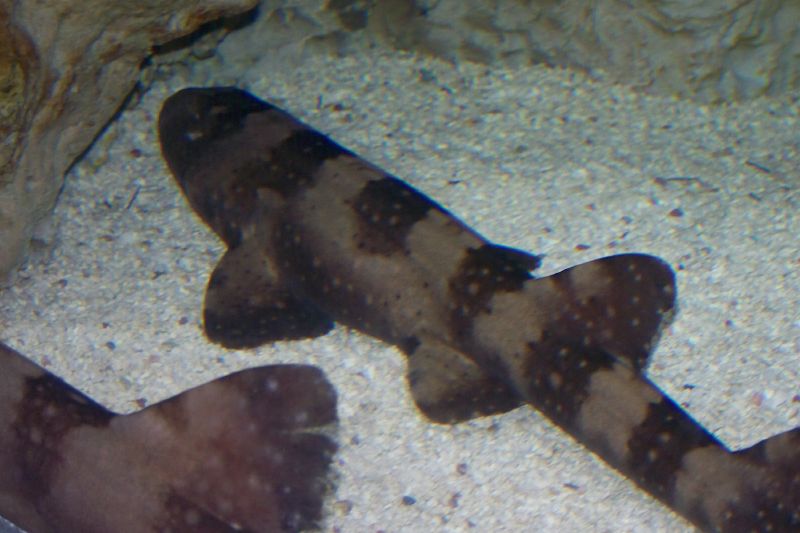Hello, Frank Indiviglio here. Responsible aquarists are usually interested in conservation, and those of us living in the USA are fortunate in having available a number of organizations that utilize volunteers to help study and preserve rivers, marshes, lakes and other vital freshwater habitats and the fishes and other creatures that they support. The organizations highlighted here tend to take an ecosystem approach – please see the articles cited below for projects focusing solely on fishes and other aquatic animals.
General Habitat and Animal Conservation
 American Rivers, one of the nation’s largest organizations focusing on freshwater conservation, helps volunteers to organize local projects and provides technical assistance. Present and past projects have involved fish surveys, water quality sampling, wildlife monitoring, shoreline cleanup, emergent vegetation re-planting and a host of other interesting and important activities. American Rivers also hosts “River Action Day”, an annual event that draws hundreds of concerned activists to Washington, D.C. Read More »
American Rivers, one of the nation’s largest organizations focusing on freshwater conservation, helps volunteers to organize local projects and provides technical assistance. Present and past projects have involved fish surveys, water quality sampling, wildlife monitoring, shoreline cleanup, emergent vegetation re-planting and a host of other interesting and important activities. American Rivers also hosts “River Action Day”, an annual event that draws hundreds of concerned activists to Washington, D.C. Read More »
 That Fish Blog – Aquarium Advice and Information
That Fish Blog – Aquarium Advice and Information



